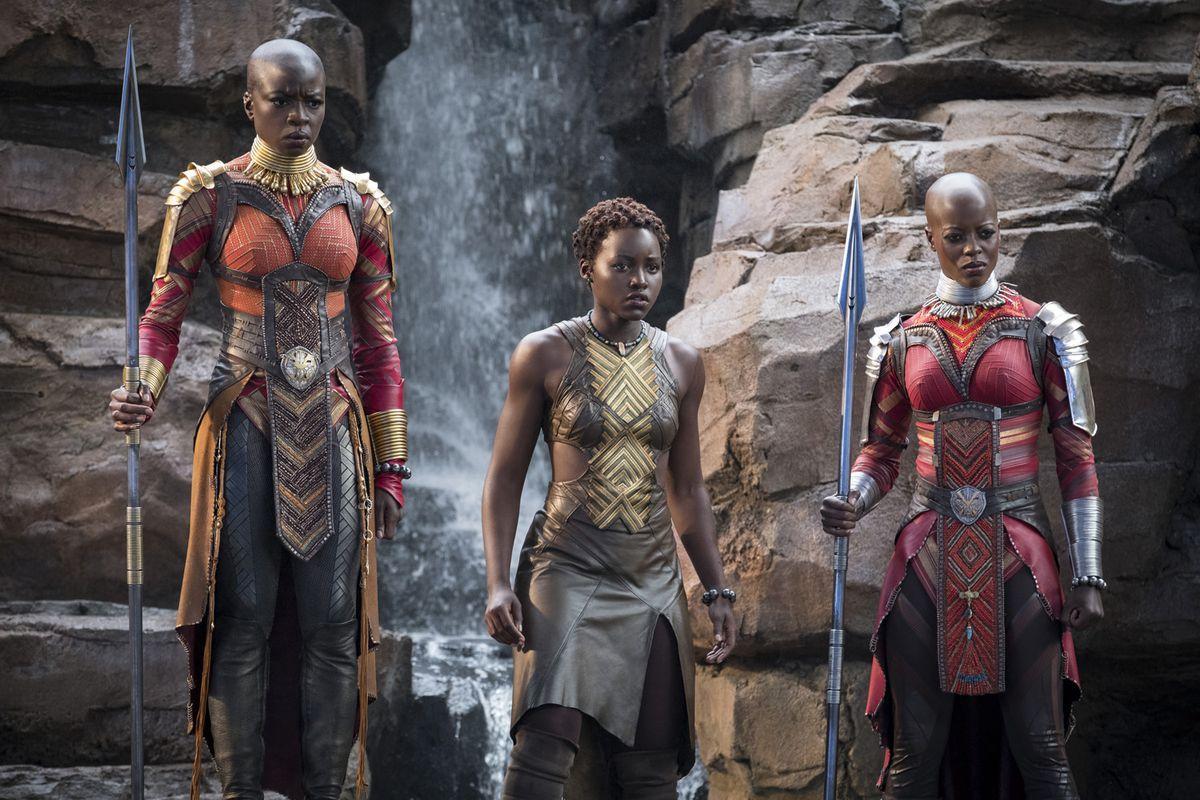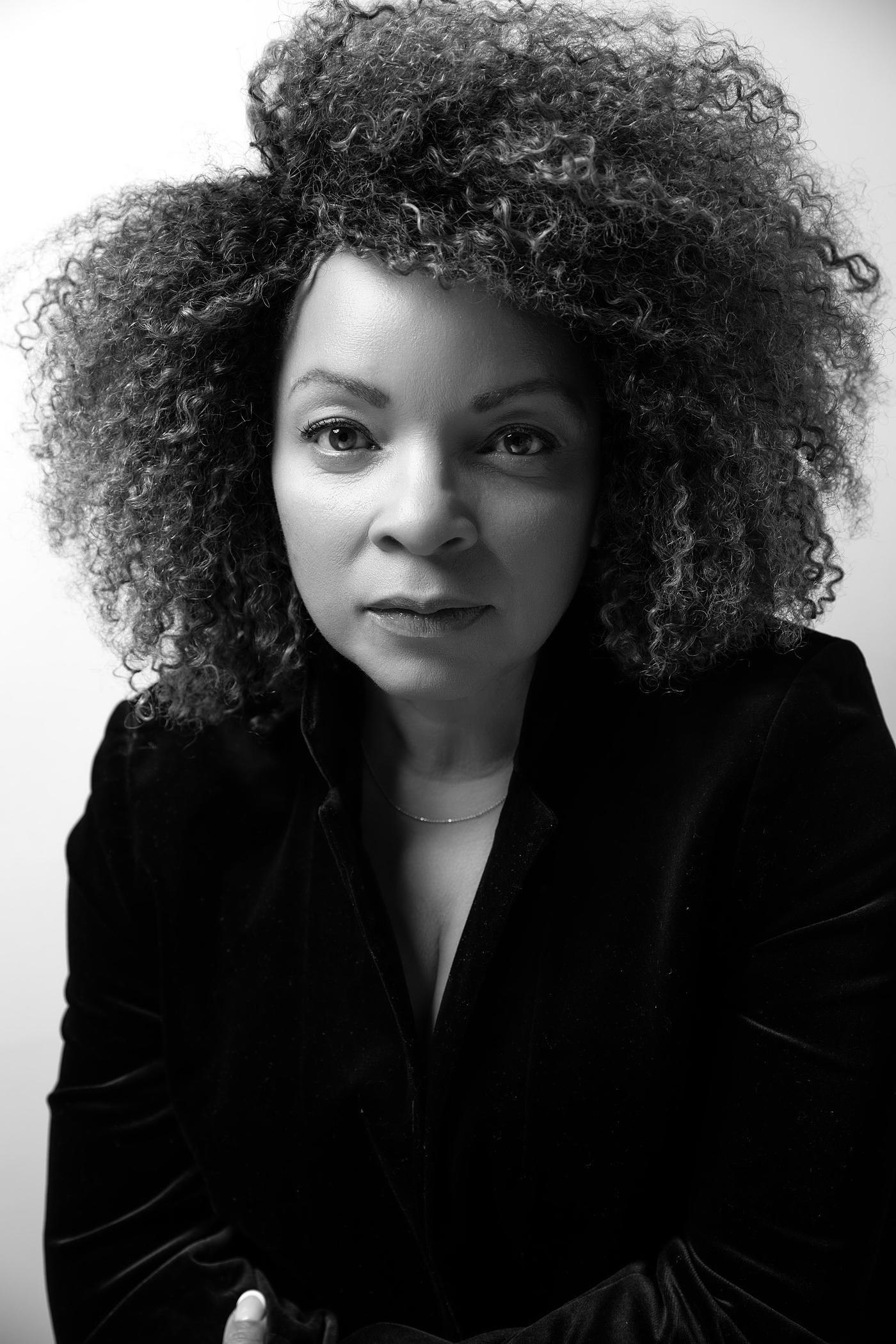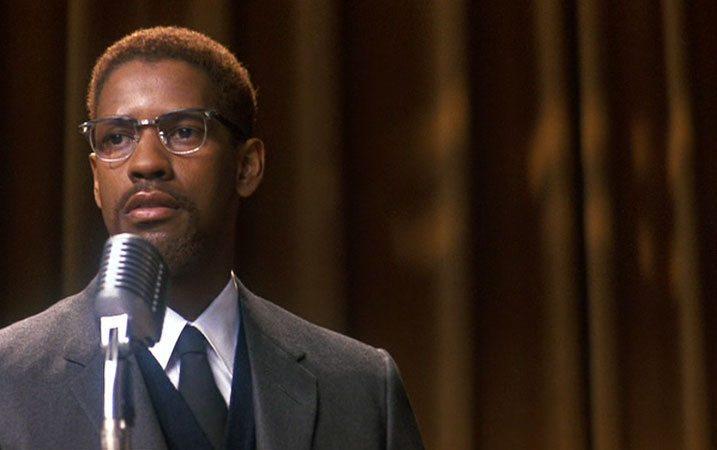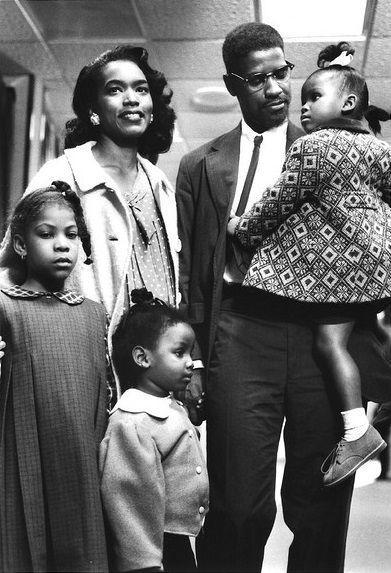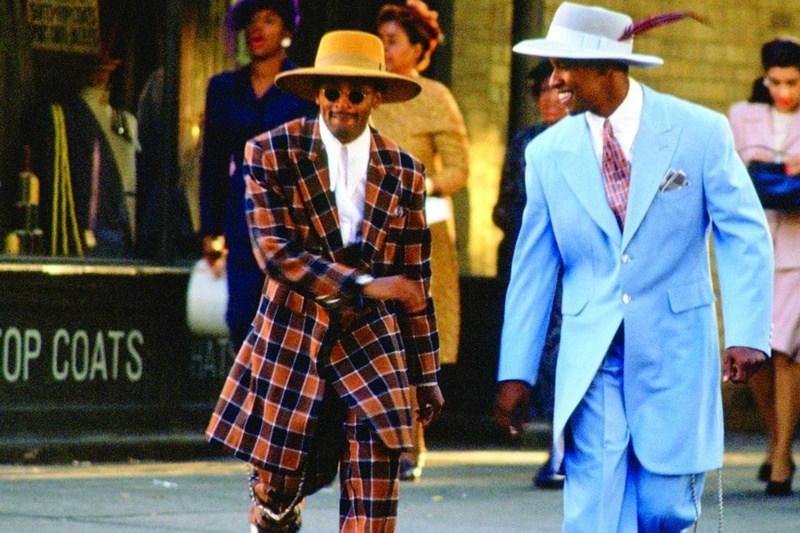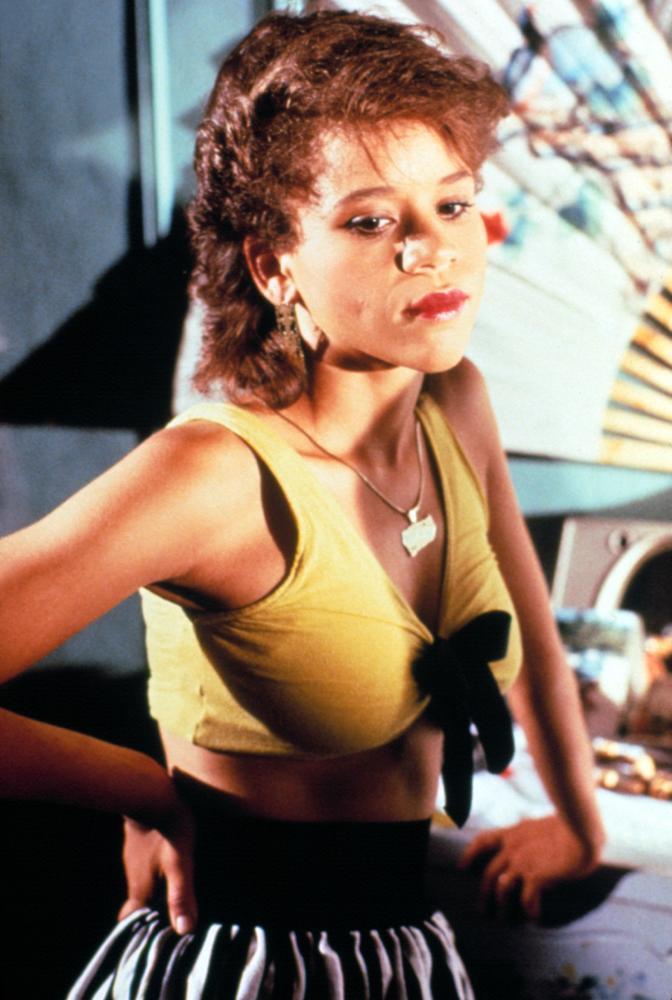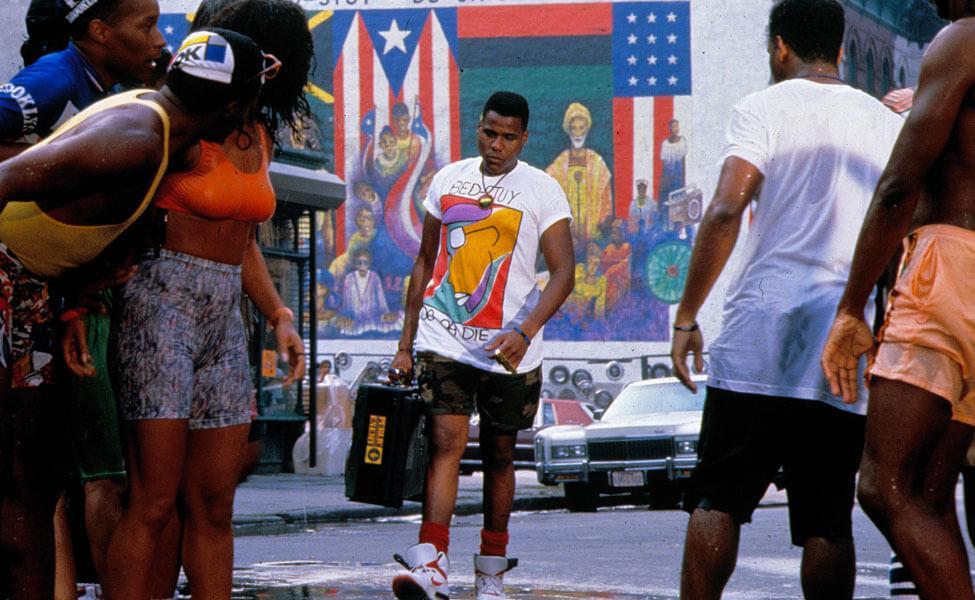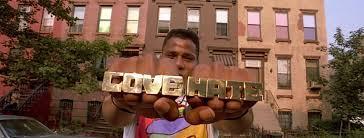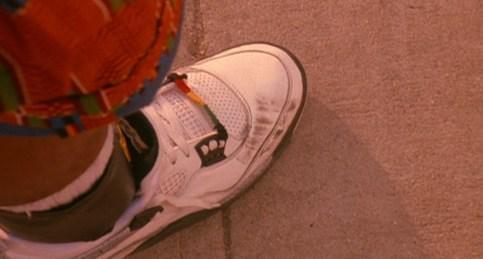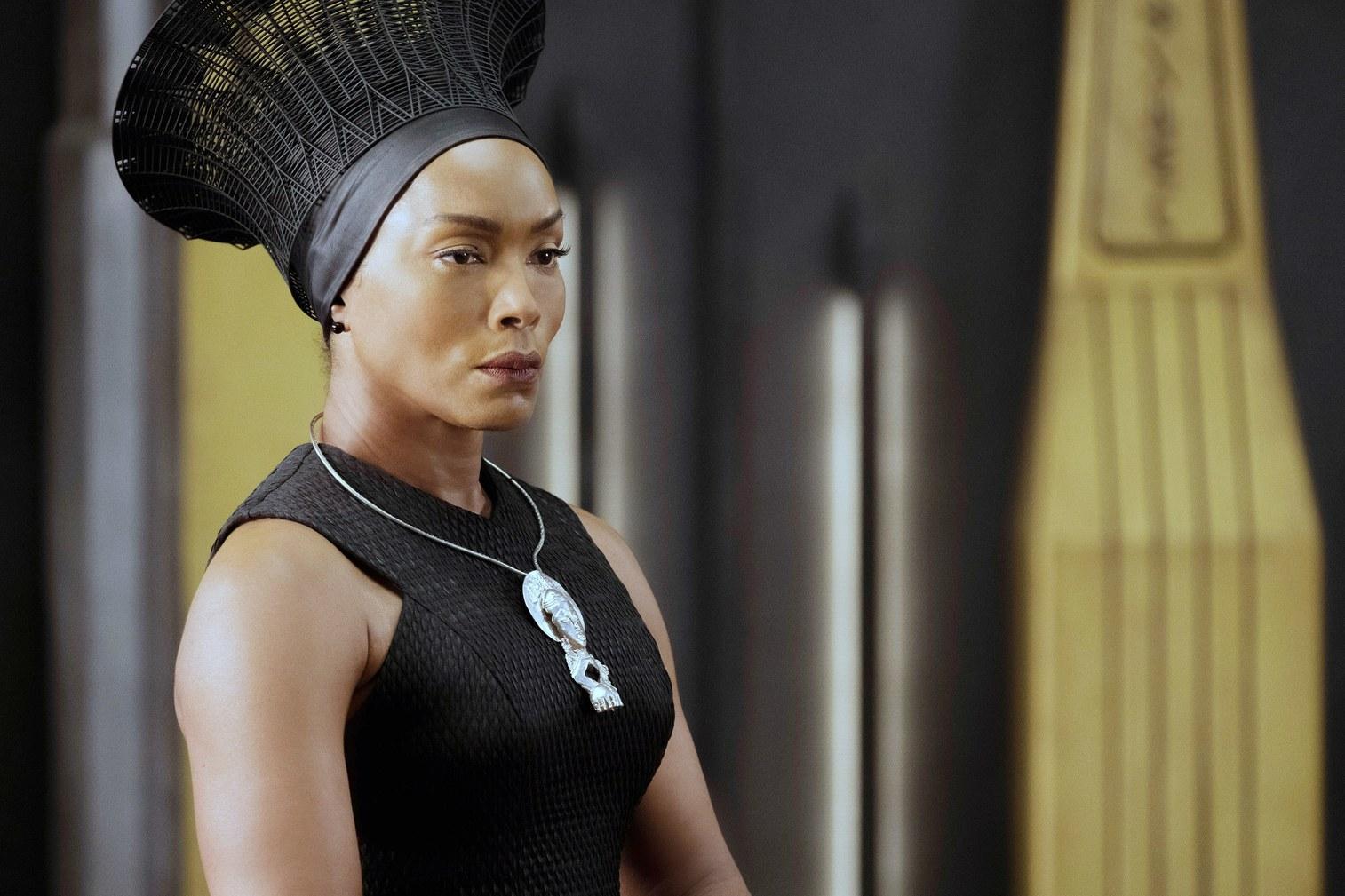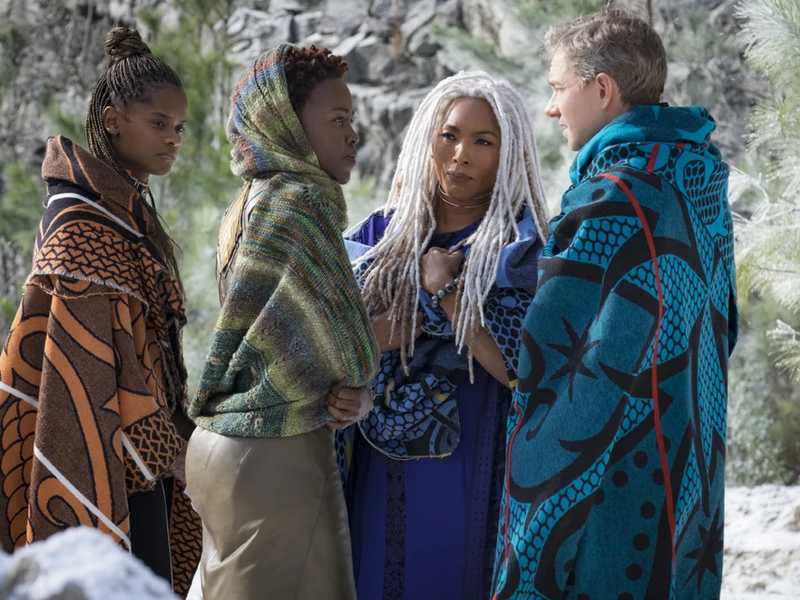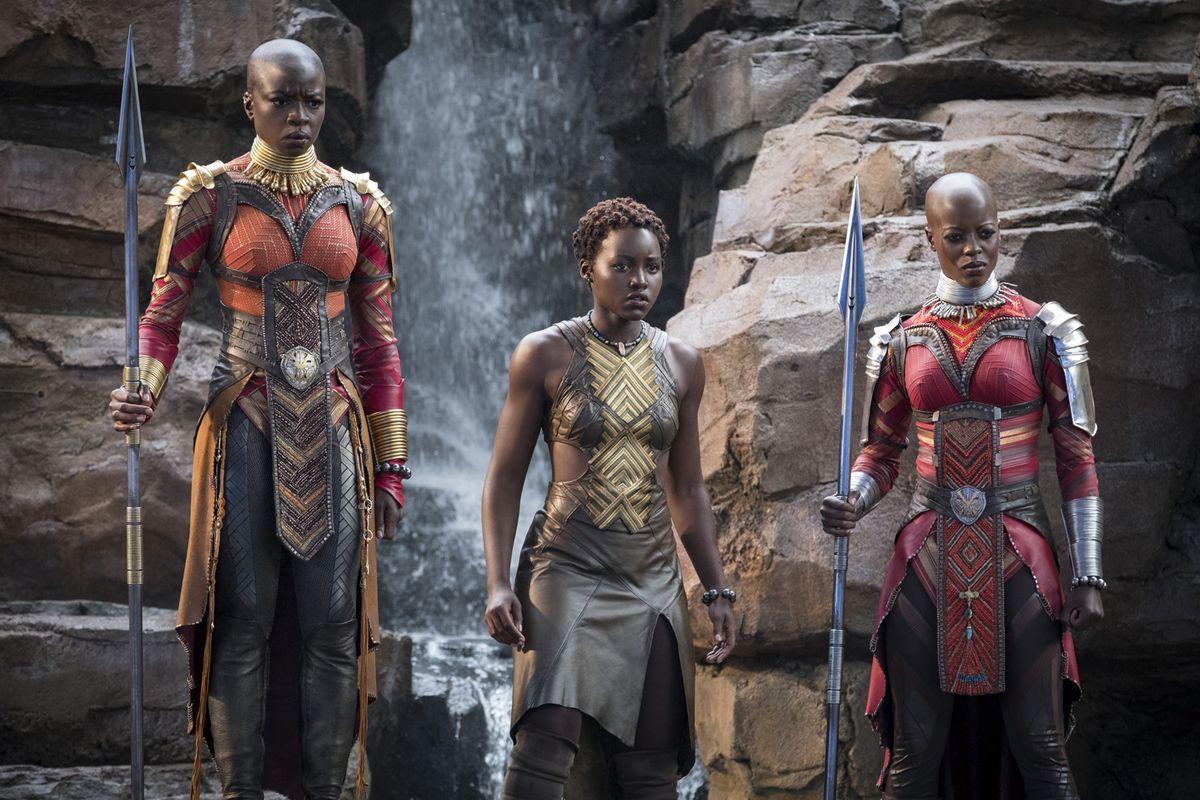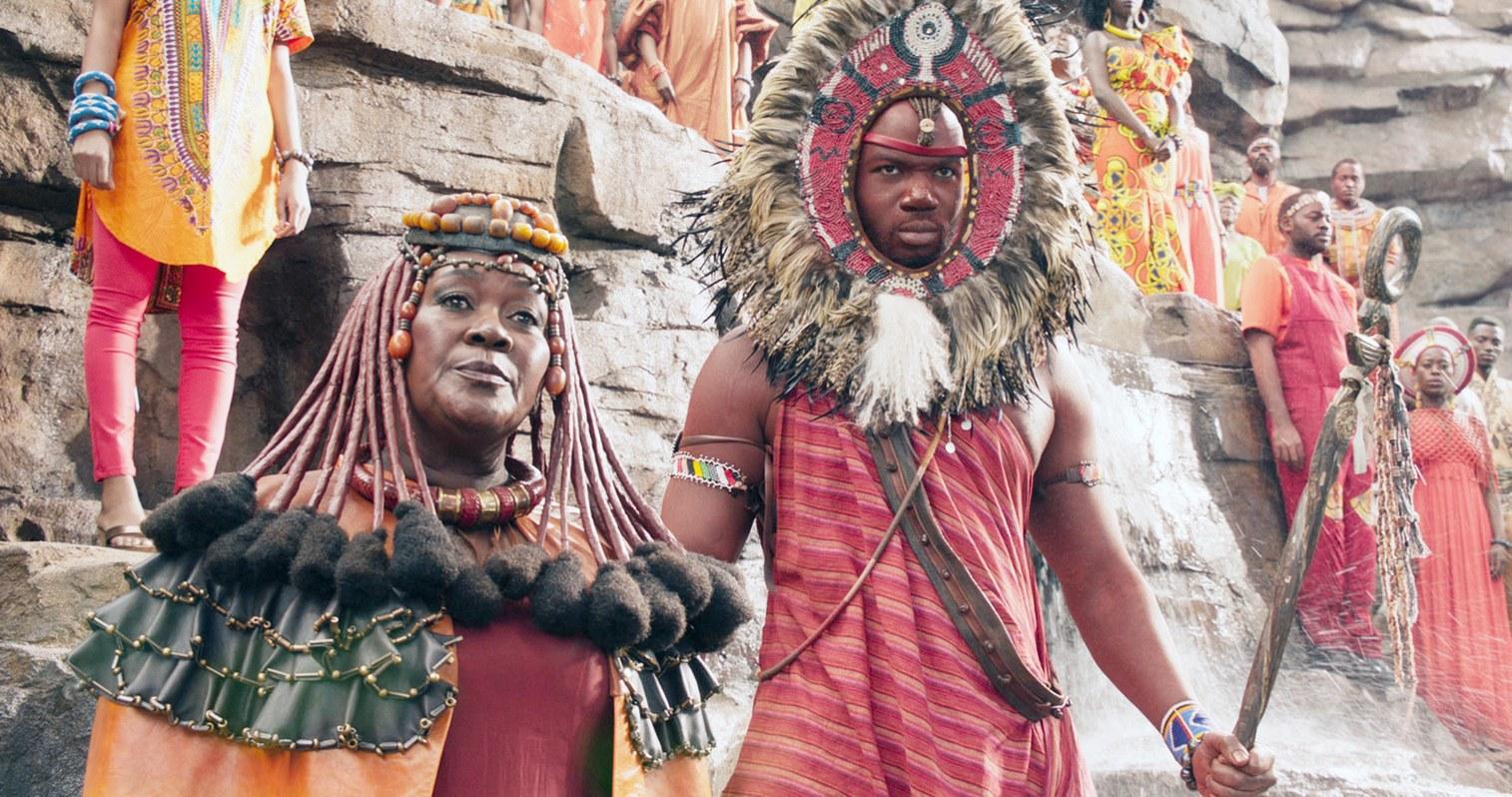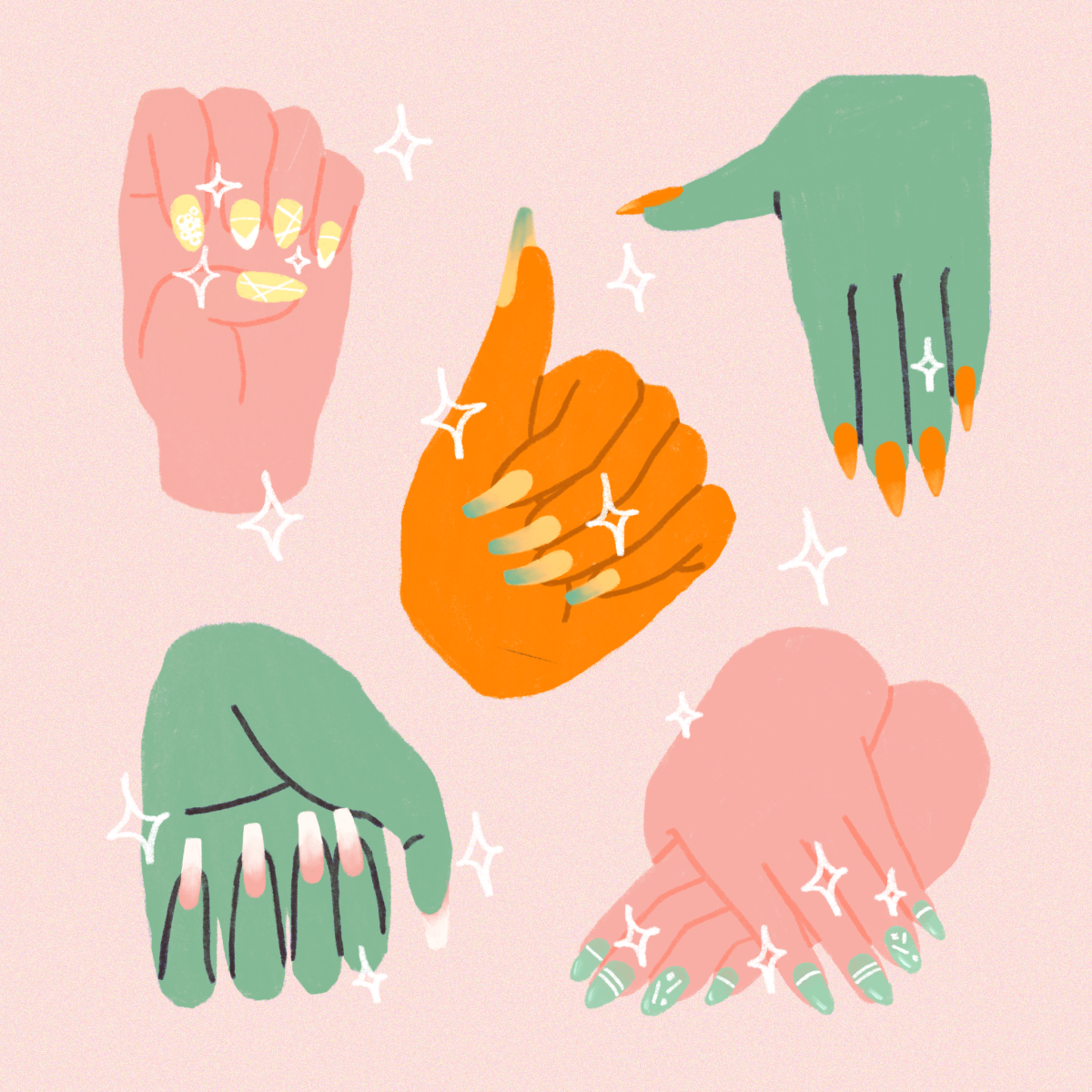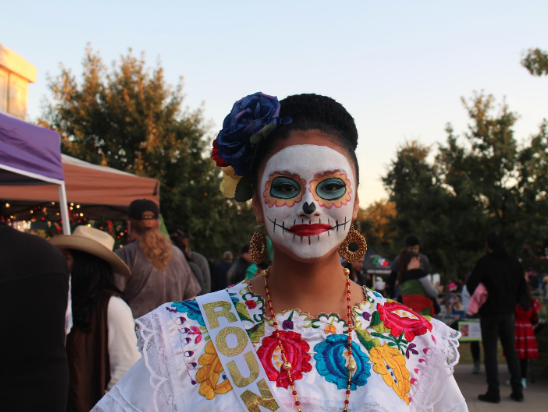Few people have more experience costuming black cinema as Ruth E. Carter. A simple scroll through her IMDB or Wikipedia pages reveals that she is the costume designer behind some significant films since the 1980s, from Spike Lee’s “School Daze” to Ava DuVernay’s “Selma.” Her most recent credit is as costume designer for Marvel’s hit “Black Panther,” an instant classic that weaves together the African Diaspora and allows Carter to display her cultural knowledge and expertise.
Story by Kennedy Williams
What makes Carter’s work riveting is not the outfits she composes, but the soul that she injects into her work. Carter allows mere garments to develop voices. The clothes become characters. They possess a resonance that sticks with you just like the dialogue from the film. Although they stand out, the clothes become a sort of second skin that mesh with the actor so well that one forgets that they are watching a movie.
Photo courtesy of Forbes
Think Denzel Washington in Spike Lee’s 1992 epic film “Malcolm X.” The perfectly-tailored black suits and heather grey overcoats that Washington donned became him. It was as if you watched Malcolm, not Denzel, at rallies, praying in mosques or on a spiritual journey to Africa. The clothes are not seen as part of a costume, but rather as something innate and natural.
Photos courtesy of Crux Now and Warner Bros.
As Carter allows clothes to blend in and render the actor indistinguishable from their character, she also knows how to give them a personality of their own that deserves screen time. The flamboyant zoot suits in “Malcolm X” jumped off the screen and transported viewers to the 1940s.
Photo courtesy of Warner Bros.
Carter knows how to reflect an environment through clothes. In Spike Lee’s 1989 film “Do the Right Thing,” Carter’s costuming depicts the culture of New York City in the late 20th century: gritty, vibrant and even on the brink of chaos. Tube tops, graphic tees, Brooklyn Dodgers merchandise and patterned shorts are littered throughout the scenes, visualizing the hectic nature of New York summers.
Photos courtesy of the Red List, Carbon Costume, Slant Magazine and Clothes on Film
Carter’s experience in outfitting classic black films culminates in “Black Panther,” a work of art that tethers the Diaspora through fashion. There are moments towards the beginning of the film when the clothes of Erik Killmonger, portrayed by Michael B. Jordan, echo the sartorial choices of rapper and activist Tupac Shakur.
For those in Wakanda, Carter looked to the the fashion of various African tribes and cultures and intertwined them. She shatters stereotypes of primitivism and asserts that Africa is modern, global and a beacon of influence that cannot be dimmed. “Black Panther” tells a triumphant story of black excellence and Carter’s catalogue is a visual archive of black experiences. Carter transforms clothes into symbols of freedom, lineage and royalty. She has mastered visual storytelling.
Photos courtesy of Marvel, the Smithsonian Magazine and Vox
Carter’s role as costume designer for “Black Panther” cements her importance as a creative and cultural force. Just as the movies she has worked on increase the diversity of black stories, her presence is necessary for the visibility of black creatives.
Often times, black fashion designers are marginalized. In an article for the Business of Fashion, writer Kibwe Chase-Marshall states that “within the majority of luxury, contemporary-level and mass-market design studios, talented Black designers are seldom equitably afforded opportunities to attain senior designer, design director, creative director or vice president of design titles.” In essence, there are systemic barriers that prevent black designers from obtaining high-level positions in the fashion industry.
Although her behind-the-scenes role may not always be recognized, Carter helps increase the number of employed black fashion and costume designers. As she continues to create intriguing looks in groundbreaking films, she further cracks the glass ceiling, allowing other black creatives to follow her path. “Black Panther” in and of itself opened many people’s eyes. The film breathed new life into the conversation surrounding diasporic fashion. This interest was heightened due to the “Black Panther” New York Fashion Week presentation that featured designs from Laquan Smith, Chromat and Brother Vellies, among many, that drew upon aesthetic themes from the film.
More than anything, Carter’s work on “Black Panther” affirms that Africa and the people of the African Diaspora are beaming with life and innovative ideas.































